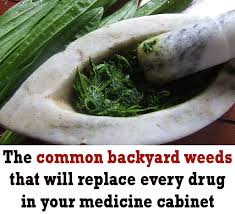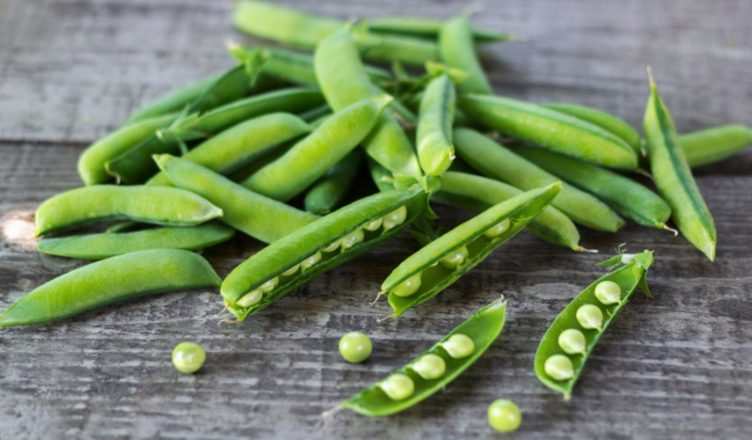When spring finally arrives, it’s always exciting to get those first seeds safely tucked into the ground. But don’t put away your gardening gloves too soon!
You can get much more out of your garden space by using a technique called succession planting – planting a small amount of seeds and then sowing more seeds several weeks later, so your first harvest is followed by a second harvest from the later maturing planting.
This method prevents the classic gardening dilemma of having too much of one ripe crop to deal with all at once, followed all too soon by nothing at all.

Succession Sowing
Succession sowing is ideal for crops such as beans and salad greens, as staggered seed sowings will yield continuous harvests as long as the weather is suitable. It’s a great way to get the most out of your garden space and makes growing your own veggies more satisfying and useful in everyday meal planning and cooking.
You can also use the same garden space to grow several different vegetables through the growing season. Start in spring with a fast-maturing, cool weather loving crop, and after it is harvested, plant a summer vegetable that prefers warmer soil and hot weather in that same place. Later in the season, when temperatures drop, use the same space to plant seeds of cool season vegetables that like fall temperatures.
Succession Sowing (continued)
For example, follow a crop of spring vegetables spinach, chard, Asian greens, arugula or scallions with summer vegetables like heat loving cucumbers, tomatoes, basil or squash. When cool fall weather arrives, plant cilantro, lettuce or kale or radishes in that same spot. The number of vegetables and herbs you can fit in depends on the length of your growing season and how quickly each a crop matures.
Another technique for prolonged harvests is to plant early, mid-season and late maturing varieties of one crop all at the same time. They will ripen in succession, providing you with a continual freshharvest from one planting session. Try this with crops such as sweet corn and peas. Look on the growing information provided with each seed packet which should indicate which varieties are early, medium or late maturing.
Interplanting
Interplanting is also a good way to use your garden space successively to harvest the most in the least amount of space. Plant fast-maturing crops among ones that mature more slowly. By the time the slower growers need the space, the fast growers will be harvested and gone. For example, plant lettuce between your young tomato seedlings, or radish seeds in alternate rows with carrot seeds. You’ll have harvested the lettuce and radishes by the time the tomatoes and carrots need growing room.
Continual Production
For continual garden production, it is always helpful to have a good seed starting setup so healthy young seedlings will be available to fill any empty spaces in your garden beds. When spring weather is settled and nights reach 50°F (10°C), start a small “plant nursery” area in the ground or in containers and start your seeds there to transplant as healthy seedlings into the garden as space becomes available. Always weed and amend the soil before transplanting your seedlings to their permanent homes.
source : Home Garden




